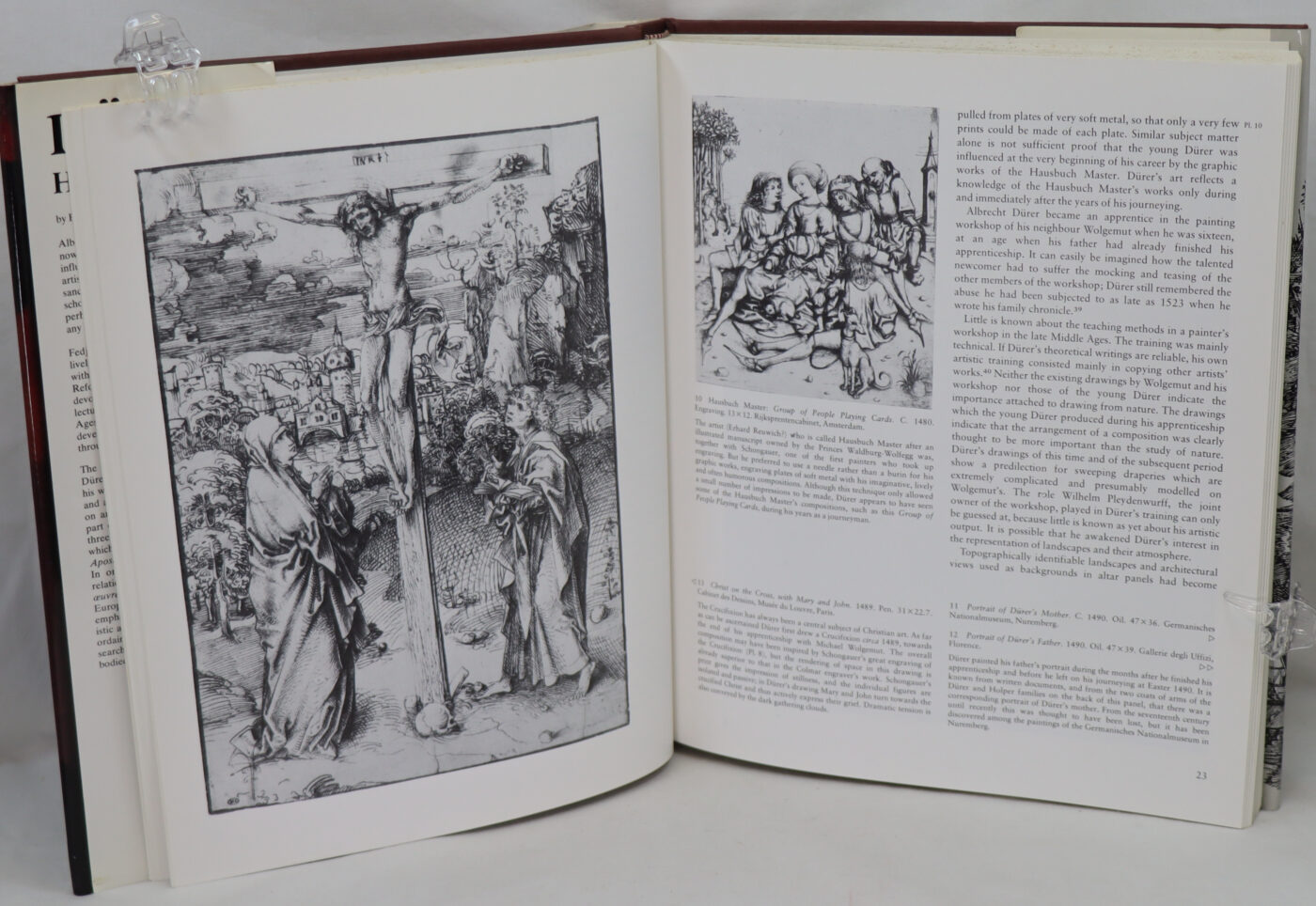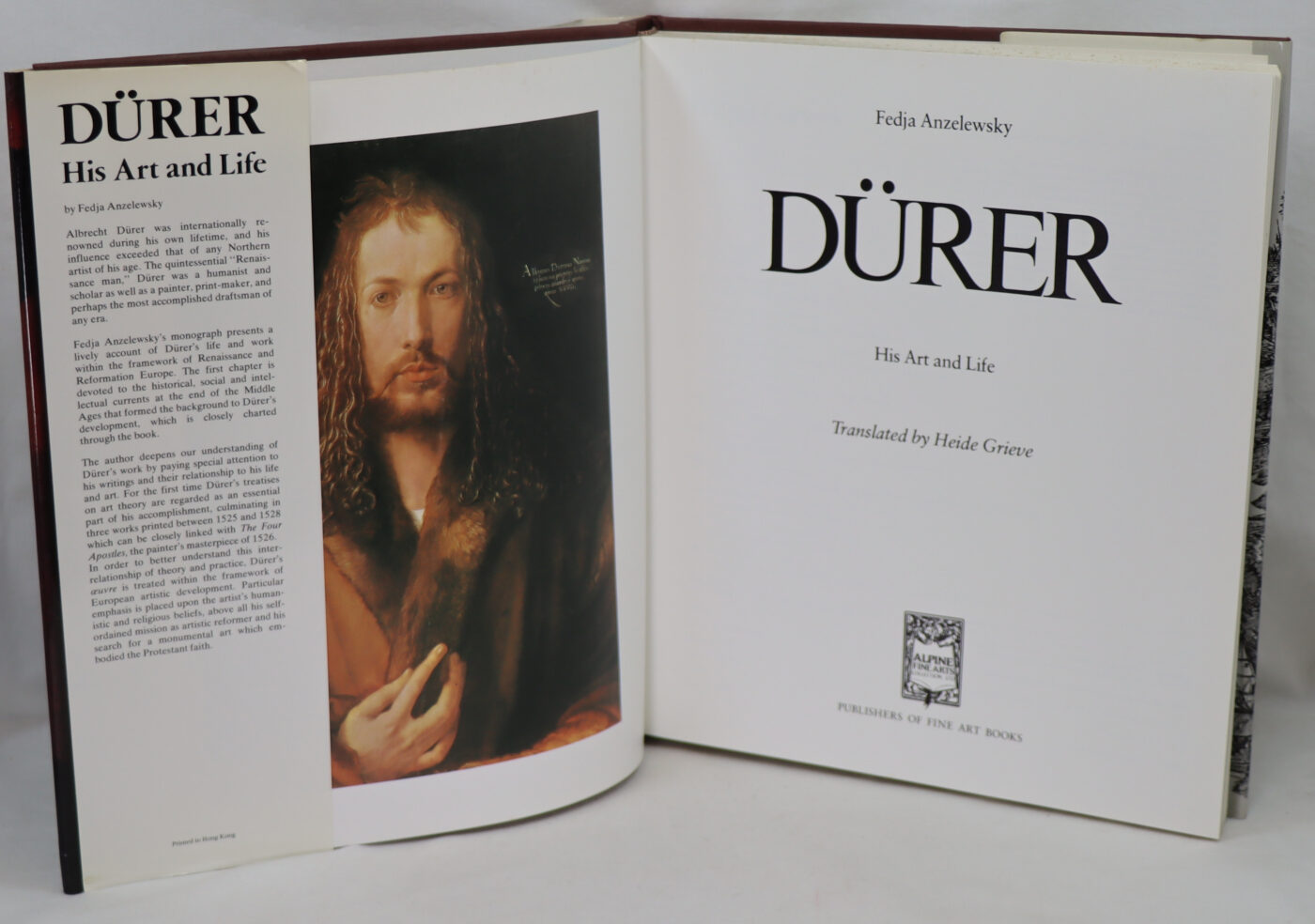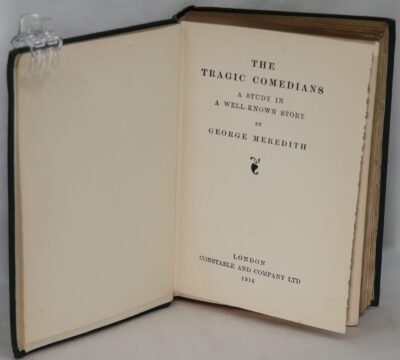Durer. His Art and Life.
By Fredja Anzelewsky
Printed: 1980
Publisher: Alpine Fine Arts Collection.
| Dimensions | 25 × 29 × 3 cm |
|---|---|
| Language |
Language: English
Size (cminches): 25 x 29 x 3
Condition: Very good (See explanation of ratings)
Item information
Description
In the original dust jacket. Brown cloth binding with gilt title on the spine.
We provide an in-depth photographic presentation of this item to stimulate your feeling and touch. More traditional book descriptions are immediately available
- Note: This book carries a £5.00 discount to those that subscribe to the F.B.A. mailing list
For conditions, please view our photographs.
Albrecht Dürer (Hungarian: Adalbert Ajtósi; 21 May 1471 – 6 April 1528), sometimes spelled in English as Durer or Duerer, was a German painter, printmaker, and theorist of the German Renaissance. Born in Nuremberg, Dürer established his reputation and influence across Europe in his twenties due to his high-quality woodcut prints. He was in contact with the major Italian artists of his time, including Raphael, Giovanni Bellini and Leonardo da Vinci, and from 1512 was patronized by Emperor Maximilian I.
Dürer’s vast body of work includes engravings, his preferred technique in his later prints, altarpieces, portraits and self-portraits, watercolours and books. The woodcuts series are stylistically more Gothic than the rest of his work, but revolutionised the potential of that medium, while his extraordinary handling of the burin expanded especially the tonal range of his engravings; well-known engravings include the three Meisterstiche (master prints) Knight, Death and the Devil (1513), Saint Jerome in his Study (1514), and Melencolia I (1514). His watercolours mark him as one of the first European landscape artists.
Dürer’s introduction of classical motifs and of the nude into Northern art, through his knowledge of Italian artists and German humanists, has secured his reputation as one of the most important figures of the Northern Renaissance. This is reinforced by his theoretical treatises, which involve principles of mathematics for linear perspective and body proportions.
Want to know more about this item?

Share this Page with a friend














